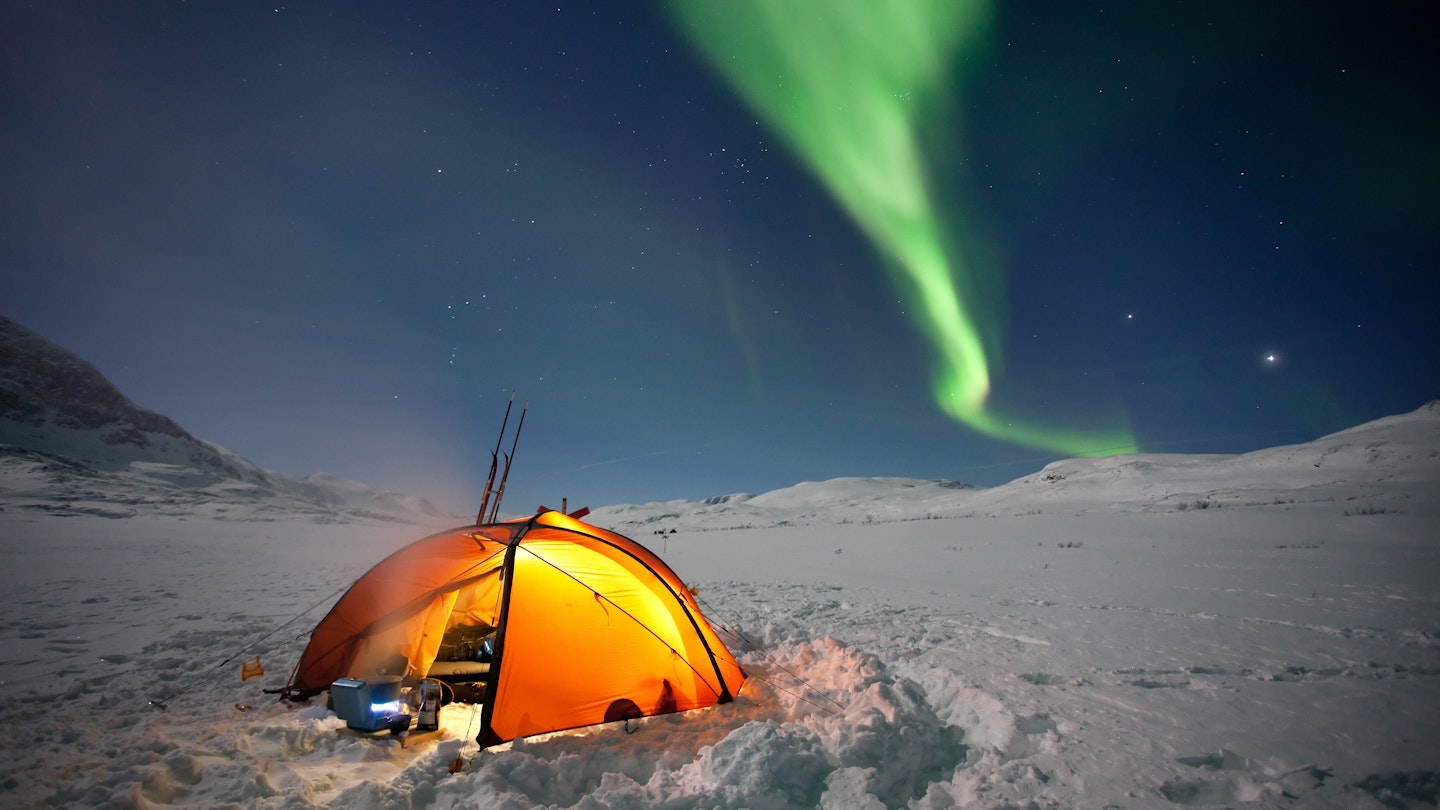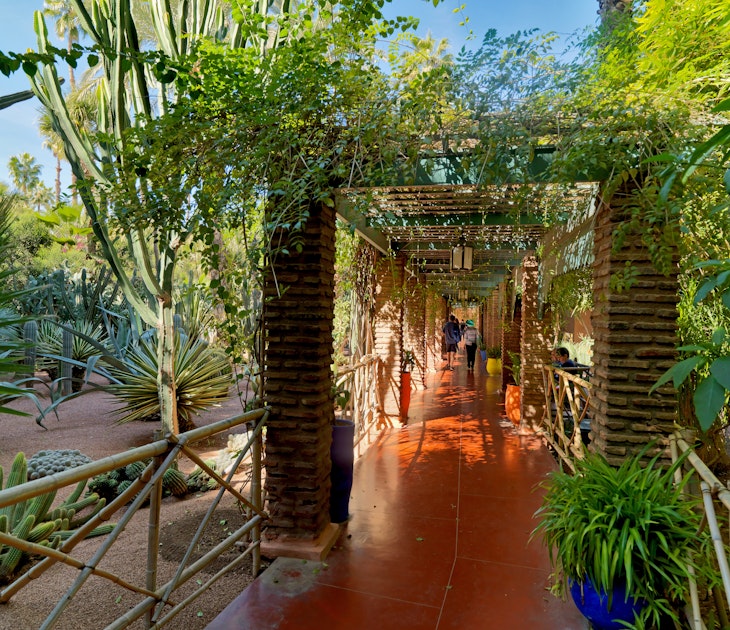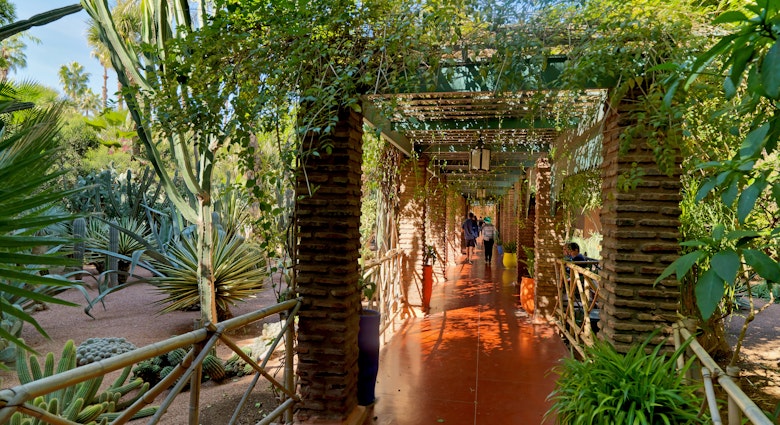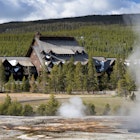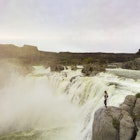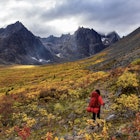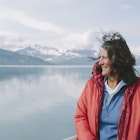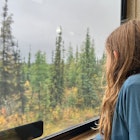If seeing the aurora borealis (northern lights) is on your bucket list, turn your attention skyward: experts say 2024 will be a sensational year for spotting the elusive light show.
The natural phenomenon is usually observable around the Arctic Circle – but this year, people across large swaths of the US and Europe might be able to see the ethereal display. Here is everything you need to know.
What is the aurora borealis (northern lights)?
"Auroras happen because charged particles from the sun interact with the Earth's magnetic field," says Dr. Shannon Schmoll, director of the Abrams Planetarium at Michigan State University. "This process excites gas atoms in our atmosphere that release light as they calm back down." Different gasses result in various colors, setting the celestial stage for psychedelic ballets that might appear green, purple, blue, red, or yellow.
This phenomenon occurs in an area called the "auroral oval" or "auroral zone." In the Northern Hemisphere, the region usually encompasses high latitudes like Alaska, Northern Canada, Russia, and the Nordics. But the zone shifts depending on the strength of solar storms, which release huge amounts of charged particles. Scientists predict the sun is on track for a stormy season.
What's unique about the northern lights in 2024?
Based on current data, Dr. Schmoll says the sun will reach "solar maximum," – the peak of an 11-year cycle when solar activity is greatest – sometime between 2024 and 2025.
The level of solar activity is currently the highest it's been in about 20 years, when prolonged geomagnetic storms known as the Great Halloween Storms of 2003, made the northern lights visible as far south as Florida, Texas, and the Mediterranean.
The biggest storm on record is still the Carrington Event in 1859. "It was strong enough for northern lights to be seen as far south as Mexico," says Schmoll.
If the sun replicates this solar flare, Earth is in for a treat. But solar activity is erratic. There's no light switch for the aurora borealis, and hopefuls in lower latitudes shouldn't spend sleepless staring skyward.
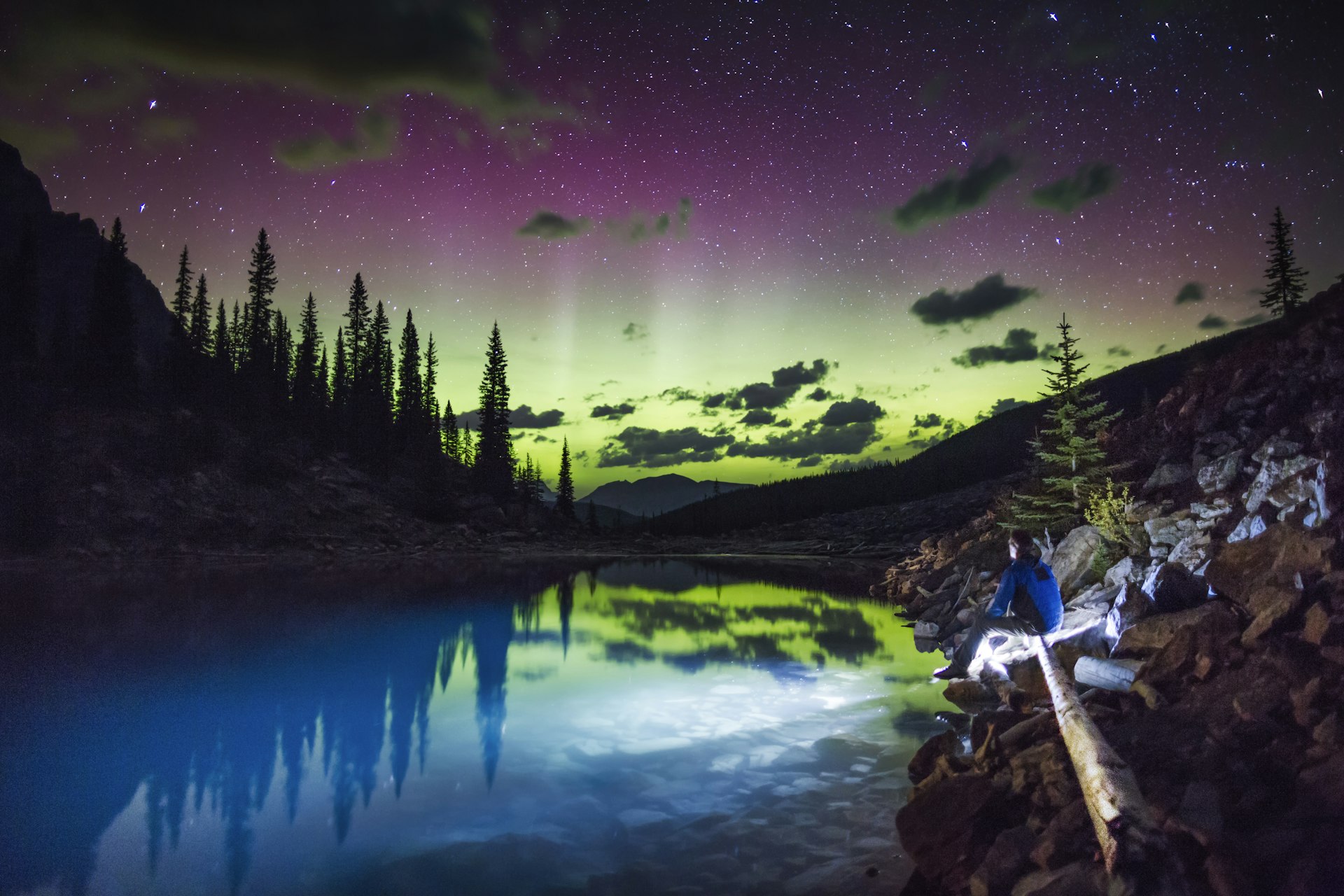
How to see the northern lights in 2024
Even if you join a top-dollar aurora expedition, there's no guarantee you'll see a solar show. But according to the National Oceanic and Atmospheric Association (NOAA), there are several things you can do to increase your chances.
First, avoid bright lights. Shining cities will drown out the aurora, so your best bet is to find an International Dark Sky Park or Sanctuary with exceptionally inky skies. In the US, you could find luck at Montana's Glacier National Park, Michigan's Headlands International Dark Sky Park, or Maine's Katahdin Woods and Waters National Monument. All are far enough north that this year's solar storms might make a surprise appearance.
It's also helpful to travel outside of a full moon. Consult the moon calendar 2024 and plan a trip when the moon is a crescent.
It's imperative to consider timing, too. Spotting the aurora is a night owl's quest, with peak viewing usually between 10 pm and 2 am local time – though this changes seasonally. The best chances of spotting neon sky streaks occur near the spring and fall equinoxes (March and September) when solar winds tend to be strongest. In summer, the Arctic's midnight sun will thwart your efforts.
Spotting northern lights also calls for clear skies and a solar storm – though these circumstances are impossible to control. Consulting weather apps, like NOAA's Space Weather Prediction Center website or the My Aurora Forecast and Alerts app, can help – but don't expect 100% accuracy.
The most important factor (aside from plenty of patience) is location. "While seeing them farther south is more likely during solar maximum, heading north is always going to give you a better chance," says Schmoll. You can cross your fingers for an aurora in Ireland and Idaho, but if you really want to see the phenomenon, start planning an Arctic adventure.
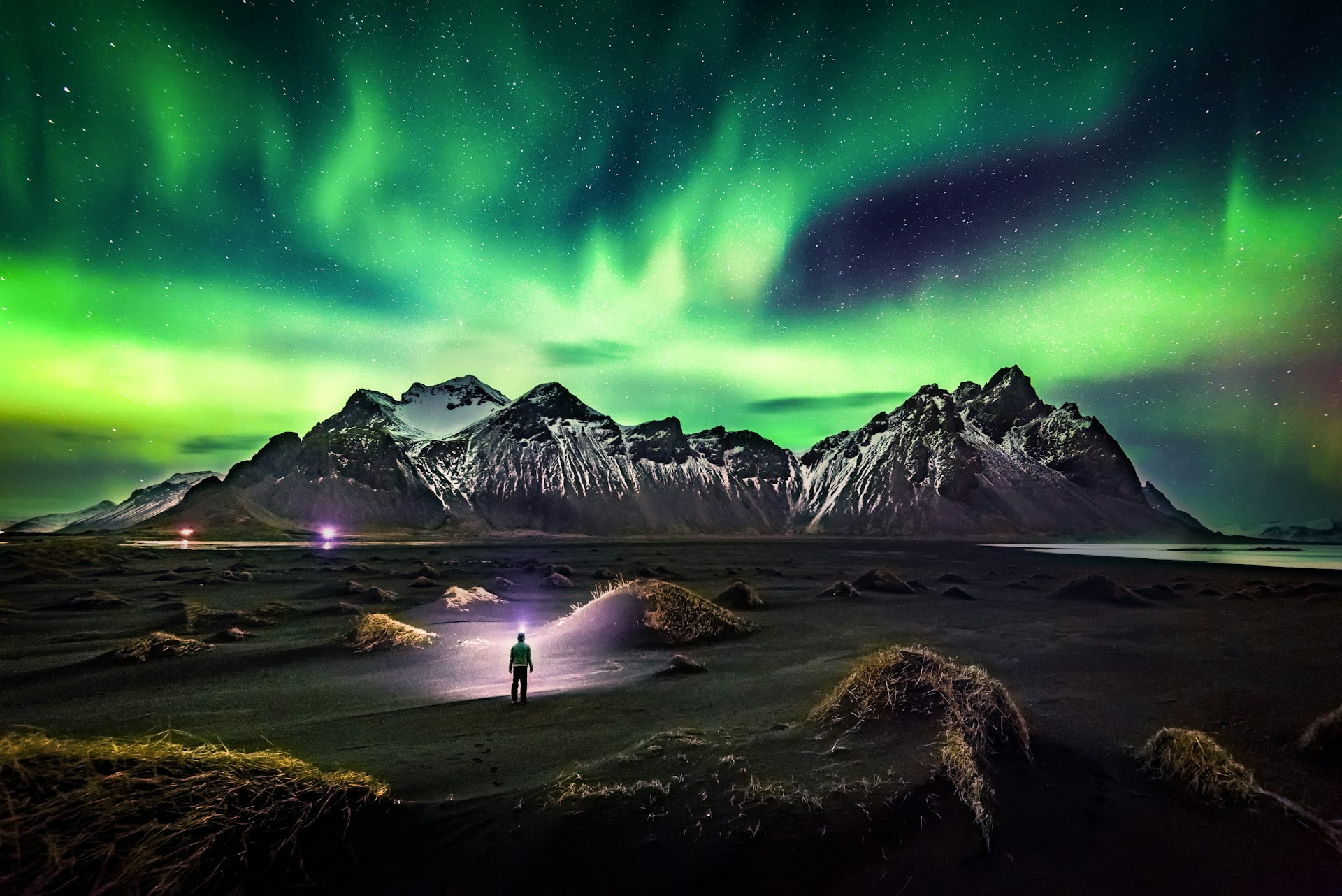
The 5 best places to see the northern lights in 2024
1. Visit the remote Westfjords in Iceland
Located on the southern edge of the Arctic Circle, Iceland is magnificent for light chasers. Most visitors attempt their sightings in the south, where they might capture the green glow through ice boulders on Diamond Beach. Stay at Hotel Rangá where receptionists call interested guests when the aurora appears.
Head north, and your likelihood increases. Iceland's Westfjords, the country's northernmost peninsula, experiences longer nights and less cloud cover than much of the country. There's also little light pollution, thanks to tiny, secluded towns shadowed by steep fjords. For dark skies, head to Bolafjall – a 2086ft-high mountain feet above the peninsula's unofficial capitol, Ísafjörður – where jet-black skies offer excellent odds of seeing neon streaks.
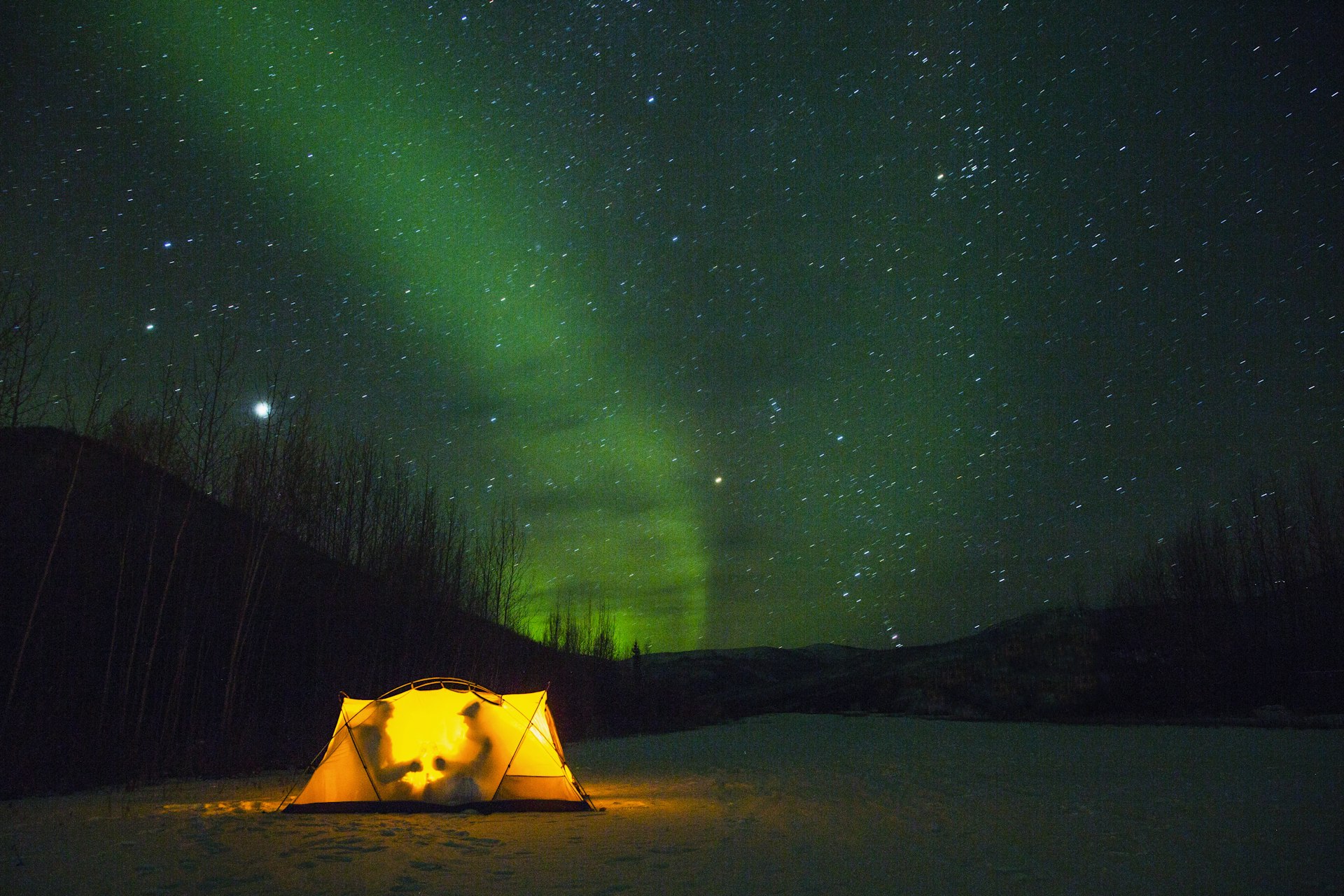
2. Beat the cold in Fairbanks, Alaska
Aurora season in Alaska generally runs from late August to late April, when chilly temps require warm clothing. But seeing the northern lights here is far from bone-chilling. At the Aurora Borealis Lodge, 30 minutes south of Fairbanks, guests can view the skies from cozy cabins, hot chocolate in hand. Then there's Chena Hot Springs Resort, one hour east, where you can soak in geothermal waters after a chilly sky-gazing expedition.
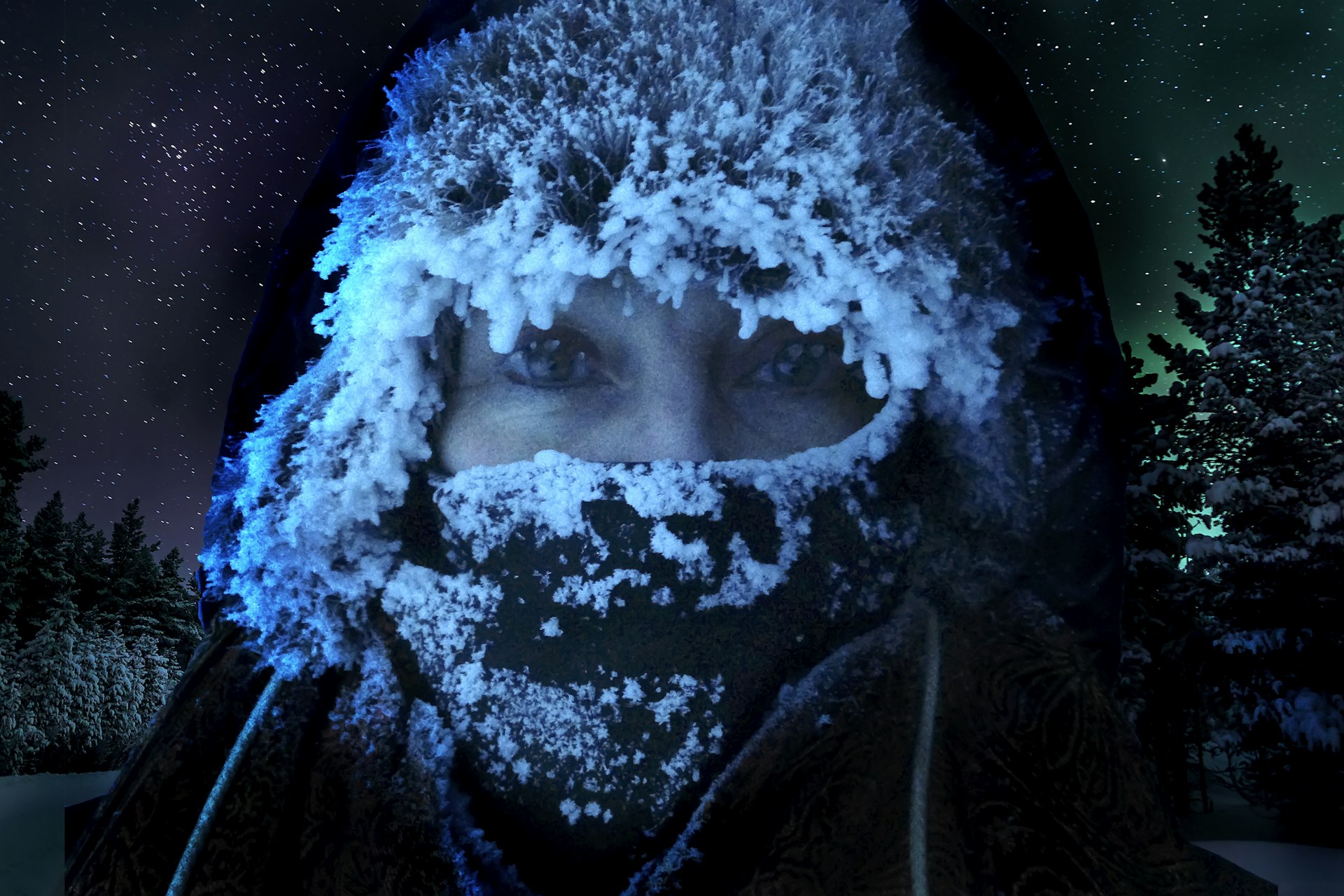
3. Feast your eyes on the blue hole over Abisko, Sweden
Located 125 north of the Arctic Circle, two mountains hug Abisko to create a cloud-free microclimate at night. The result? A "blue hole" with exceptional clarity for celestial shows. Take a back seat with Lights Over Lapland for an aurora-chasing tour in a winter-ready 4WD vehicle, or head to the lookout tower at STF Aurora Sky Station, where aurora views happen approximately 70% of the nights in it's open.
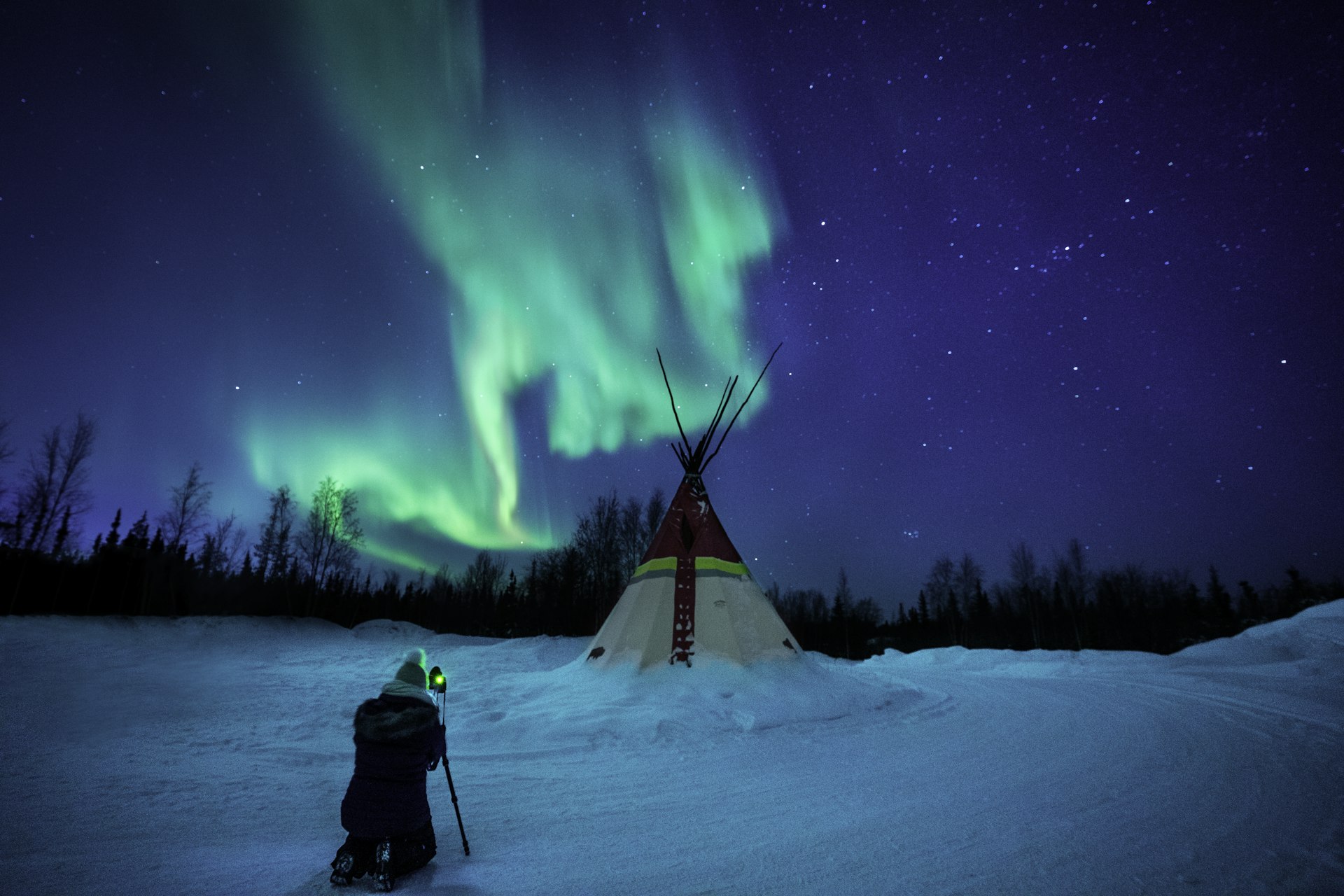
4. Cuddle up in a teepee near Yellowknife, Canada
The Indigenous Dene people, who live in Canada's Northwest Territories, have another name for the northern lights – ya'ke ngas, which means "sky stirring." And if you spend time near their home in Yellowknife – located at the auroral oval's center – there's a strong likelihood you'll see the sky stir, too. According to Northwest Territories Tourism, spend three nights in the area and you have a 98% chance of spotting the light show. Book a three-night experience at Aurora Village to split your time between viewing the electrified sky and staying warm inside a wood stove-heated teepee.
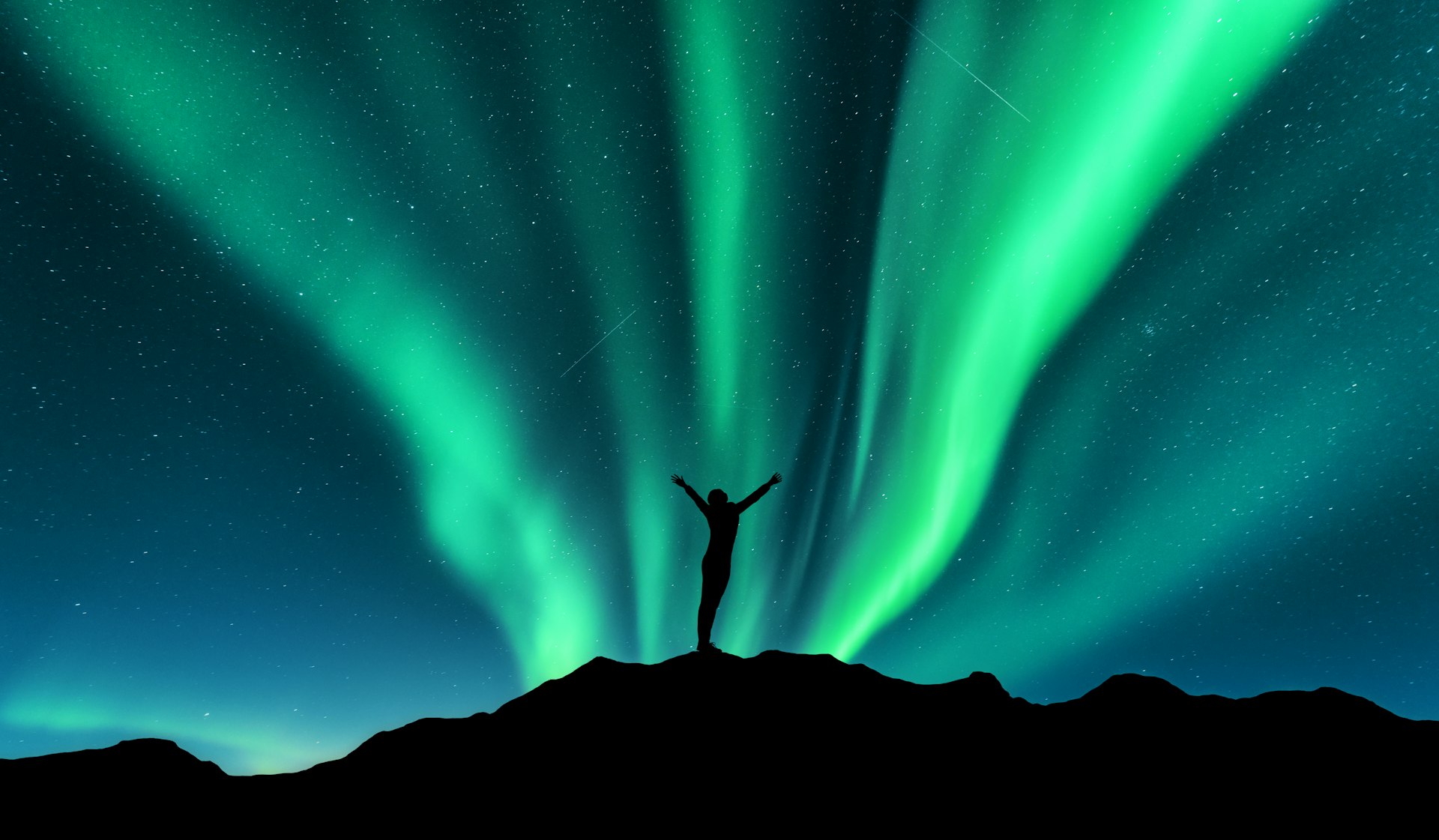
5. Join a guided expedition in Tromsø, Norway
Norway, which straddles the Arctic Circle, is a northern lights magnet. Head to Svalbard, where the polar night gives visitors extra time to see solar storms blaze above the Arctic tundra or join a Viking Cruise as it sails the coast, free from urban light pollution.
In Tromsø, Norway's largest city north of the Arctic Circle, urban lights might not be an aurora deterrent: between October and March, it's easy to spot the "dancing green lady." For optimal light chasing, consider joining a tour. Expert guides like Torsten Aslaksen, an Aurora Physics Professor, and Espen Minde, a Tromsø local with years of experience, can't promise you'll see northern lights – but they can provide plenty of insight whilst you search the skies.

